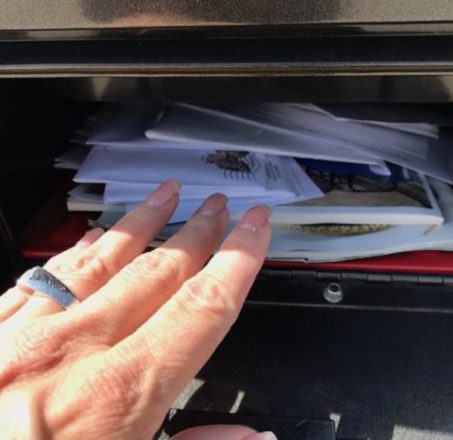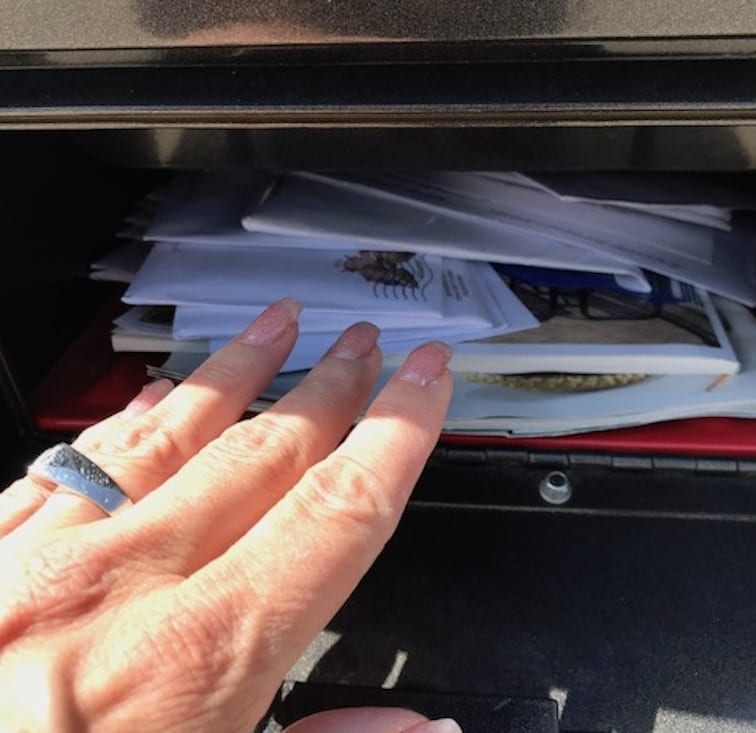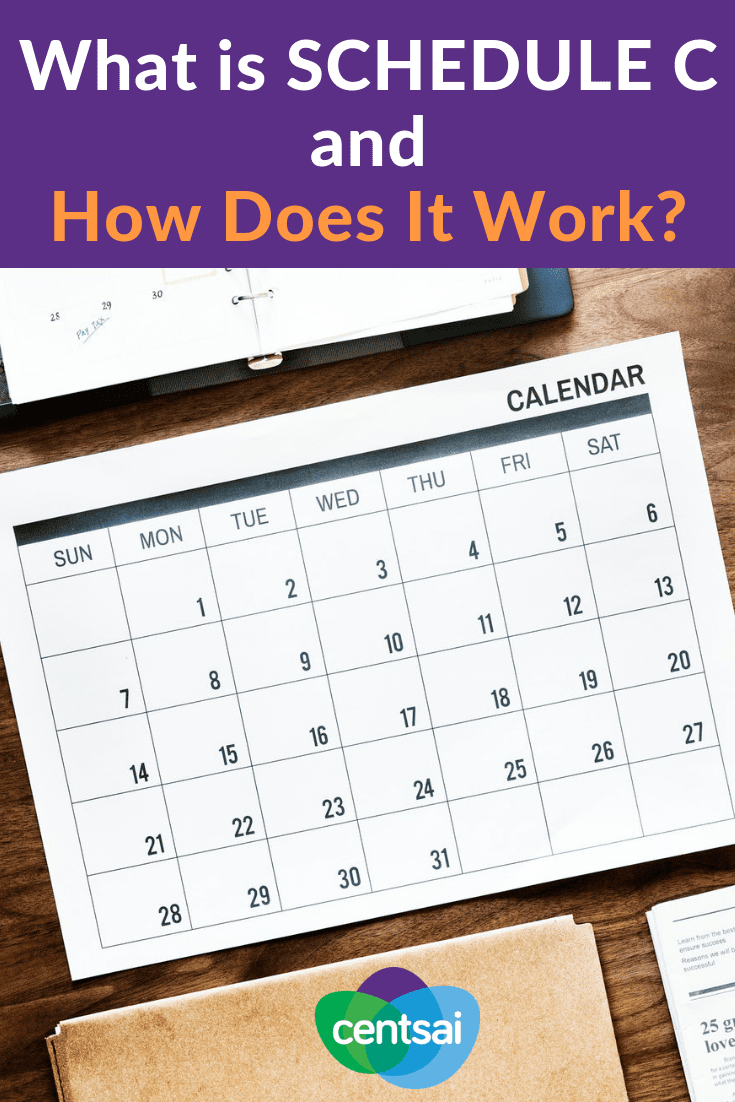
Rita Pouppirt
The majority of businesses in the United States are small businesses. Over 99 percent of them employ fewer than 500 people. And over 75 percent of U.S. businesses are non-employee, single-person sole proprietor operations. The people who run them are often referred to as solopreneurs. While a single-person operation can be incorporated and pay taxes as a corporation, the majority of solopreneurs file taxes as a sole proprietorship using Form 1040’s Schedule C. What is Schedule C, you ask? Well . . .
It captures the pertinent income and expense information from a self-employed business to determine taxable income and self-employment tax from the business operations.
The best time to begin understanding the ins and outs of the taxation of your business is now. It isn’t the night before your taxes are due. Unless those two dates coincide. But you shouldn’t let that happen.
Get the Most out of Your Refund — File Business Taxes Today >>
Understanding taxes helps you make better business decisions. After all, it's the after-tax income of the business that you, the owner, get to keep. And understanding how taxes work helps you to keep appropriate records so you don’t miss deductions.
Missing deductions causes you to pay more in taxes and keep less for yourself. It behooves you on many levels to gain at least a basic understanding of your business taxes.
Schedule C is broken into a couple of sections covering different aspects of your business. Let’s look at each in turn.
The Top Section of the Schedule C Form
The top section of Schedule C includes your identifying information and a couple of basic questions. In addition to providing your name, Social Security number, and address, you need to look up a business code in the instructions. Pretty straightforward.
But there are two questions here that new filers often have trouble with. First, Line F asks for your accounting method. Options of cash, accrual, and other are provided, and you have to select one. Service businesses with no inventory are cash businesses. They recognize income as received and expenses as incurred.
Rarer for self-employed people would be a business with inventory, such as a small manufacturer or a reseller of goods. Inventory has to be done using the accrual method, as the timing of the expense of purchase needs to be accrued until the time of sale.
Second, Line G asks if you “materially participated” in the business. This is asking if you worked the business, as opposed to being an investor.
If you're an investor only — not the one doing the work — then your ability to take losses is limited.
There are seven questions in the instructions to determine if you materially participated. But in general, if you’re the one performing the work or service, then you materially participated.
If you put up the cash and someone else did the work, you may not have. In that case, you need to look at the seven questions carefully to determine whether or not you materially participated.
Part I: Income
The first section about what your business did is where you are reporting your income. This is basically determining two things: your total gross receipts or sales, which is the total amount of business you did during the year; and your returns and allowances, which are deductible.
If, for example, you sell furniture and somebody returned a piece, you would have both the sale and an offsetting return, which negates the sale.
You also need to determine your cost of goods sold. For many service businesses, this is zero. For example, financial advisers, consultants, and most other service persons don’t purchase items that go into the product they deliver, since they provide services rather than tangible goods. You detail your cost of goods sold in Section III and carry the number to this section.
If you produce a tangible product, you'll have direct costs of producing it. If you’re a baker, anything that goes into your baked goods is included in the cost of goods sold. Anything else, such as the rent and office supplies for your bakery, is not.

Part II: Expenses
Part II captures the business expenses that are not a part of the cost of goods sold. If you buy paper for your invoices, hire someone to do your social media, or place advertisements, those costs will be recorded here.
There are again a couple of things that cause trouble. People tend to have difficulty with car and truck expenses, depreciation, and business use of their home.
Car and Truck Expenses
You can deduct for the business use of your vehicle. There are two basic methods: actual expenses and standard mileage rate. It’s important to note that you're entitled to a deduction only for the business use of the vehicle, not for mileage incurred going on vacation, for example. So you need to keep records.
For the actual expense method, you keep track of all expenses and all business mileage. You then deduct the share of the total expenses that correspond to business use. If you own the vehicle, you may also be able to take depreciation.
If you lease the vehicle, a portion of the lease payments may be deductible. But you need to keep records for all gas, insurance, maintenance, and other expenses.
See How Much You Could Save on Auto Insurance — Get a Free Quote >>
For the standard mileage rate, you still need to keep track of all your business mileage, but you apply a standard rate to each business-use mile and can add any tolls and parking directly attributable to business use.
If your business use of a vehicle is rare, it may be easier to take the standard rate and be done. If you run deliveries or are a contractor or someone who makes heavy use of a vehicle for business, it may make more sense to keep all the detailed records. You'll provide vehicle information either in Section IV of Schedule C or on form 4562.
Depreciation
Depreciation is allocating the expense of something across its useful life. Anything with a useful life of “substantially” more than the tax year needs to be capitalized and depreciated. Pencils and consumables do not.
Vehicles, most tools, furniture, leasehold improvements, and pretty much anything else that lasts substantially more than a year is going to need to be depreciated. You recognize the expense of the purchase across the item’s useful life for tax purposes.
For many people, this means identifying these things so your accountant can do the calculations. For a lot of small businesses, there is the opportunity to expense some capital items under Section 179. That’s another topic for your accountant or tax preparer.
Business Use of Home
You are entitled to a deduction for the business use of your home, but it’s fairly limited.
Don’t think that everywhere you were in the house while speaking on the phone is deductible — it’s not.
It has to be an area that you use regularly and solely for business.
Daycare gets you some leeway on exclusively. Otherwise, the area needs to be dedicated exclusively for business use and be used as such: storage of inventory, samples, records, etc. Not that a client sat in your living room one day.
Again, you have a simple way and a detailed way. You can take a standard rate per square foot for up to 300 square feet. Nice and easy, but not a big deduction. Or you can use actual expenses and deduct on the ratio of business use square footage to total square footage. You'll need to complete form 8829 if you use actual expenses.
The expenses block — Lines 8 through 30 — should cover pretty much all of the expenses of running your business. There is another section (Section V) on Page 2 that provides space for any expenses that didn’t fit into one of the already provided categories.
Totaling It All Up
 Now that you’ve got it all down, it’s simply a matter of addition and subtraction to see where you stand. You come to a total on Line 31 — your net profit or loss from your business.
Now that you’ve got it all down, it’s simply a matter of addition and subtraction to see where you stand. You come to a total on Line 31 — your net profit or loss from your business.
This is the bottom line of what your business generated, after expenses but before taxes. You'll need to carry any profit over to your Form 1040 to add it into your income and to Form SE to calculate your self-employment tax.
Running a Business or Self Employed? This Online Accountant is Designed to Support You >>
If you're self-employed, your business income gets added to your personal income and you pay taxes at your personal tax rates. If you have a modestly successful business, you're very likely to be at a rate of 25 percent or higher. And you’ll have a 15.3 percent self-employment tax. That puts you over 40 percent before you even consider what your state may reach into your pocket for.
This is why recordkeeping and understanding taxes is so important. If you’re cavalier with your expenses and toss your receipts, you could easily miss a substantial amount of legitimate deductions. And at a tax rate of over 40 percent, you could easily be throwing away thousands of dollars every year.
Not every business will have a tax rate of over 40 percent. But every profitable business will have taxes. Some will have total rates well over 40 percent.
You don’t have to be a tax expert. But part of being a business expert is knowing what affects your bottom line. And taxes eat up a lot of profit. Understanding your role in managing your taxes won’t make the problem go away, but it will help to keep more of your hard-earned money where it belongs. With you — not with the government.
Get the Most out of Your Refund — File Business Taxes Today >>
Consider enlisting professional tax help to help you get the job done right.




